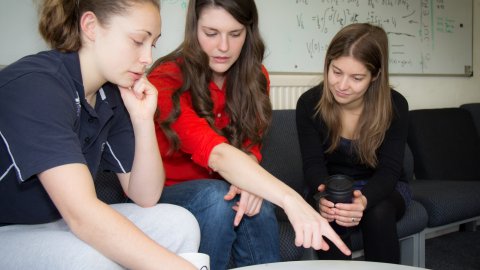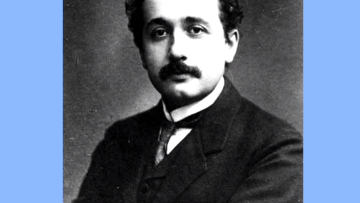12:45
Quantum Black Hole Entropy from 4d Supersymmetric Cardy formula
Abstract
I will talk about supersymmetric index of 4d N=1 supersymmetric theories on S^1xM_3 which counts supersymmetric states.
In the first part, I will discuss a general formula to describe an asymptotic behaviour of the index in the limit of shrinking S^1
which we refer to as 4d (refined) supersymmetric Cardy formula. This part is based on arXiv:1611.00380 with Lorenzo Di Pietro.
In the second part, I will apply this formula to black hole physics. I will mainly focus on superconformal index of SU(N) N=4 super Yang-Mills theory
which is expected to be dual to type IIB superstring theory on AdS_5 x S^5. We will see that the index in the large-N limit reproduces the Bekenstein-Hawking entropy
of rotating charged BPS black hole on the gravity side. Our result for finite N makes a prediction to the black hole entropy with full quantum corrections.
The second part is based on arXiv:1901.08091.



